-
twentytwentyone have long respected the work of Erwan and Ronan Bouroullec and have actively promoted their diverse output since 1998, showing early designs from Cappellini and endorsing their long relationships with Vitra and Artek.
We launched their print editions in 2012, in collaboration with The Wrongshop.
The designers have since created a cloth bag for our stores and we have supplied their work to both commercial and residential interiors.
The new Rope chair for Artek and Découpage ceramics for Vitra provided the opportunity to anticipate these launches with an online feature and short discussion.
 Rope chair for Artek
Rope chair for Artek -

More like a silhouette than a solid block, the Rope Chair is a line drawing translated into three dimensions, a simple artistic gesture rendered in space. Designed by Ronan & Erwan Bouroullec, the chair is a synthesis of contrasts: sophisticated engineering and creative expression, solid structure and flexible elements, stiff tubes and pliable rope. Made for marine use, the rope is at the heart of the chair's unexpected comfort; a weight bearing part of the construction, it allows the chair to adapt to those who use it.

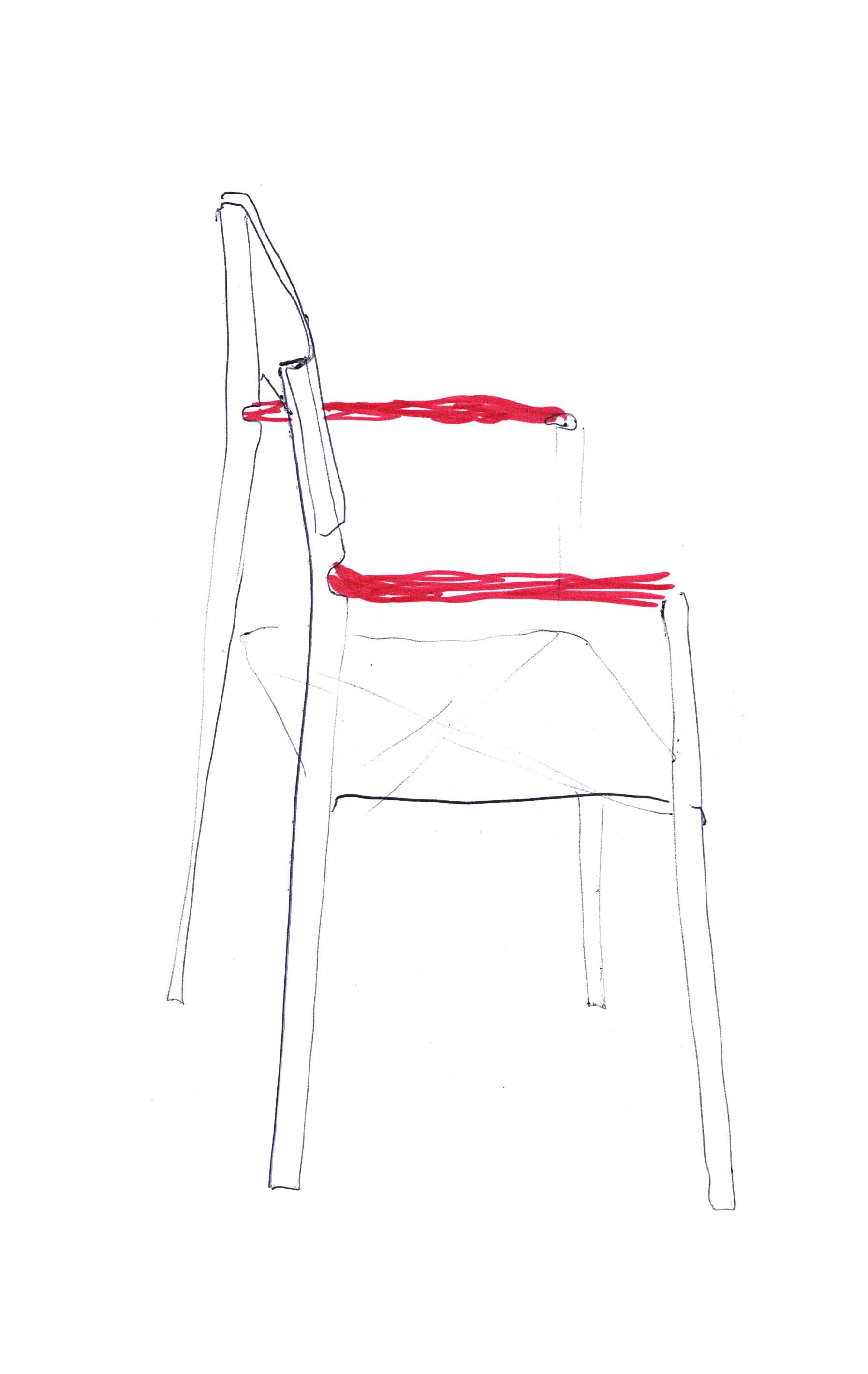 Rope chair study © Bouroullec Studio
Rope chair study © Bouroullec Studio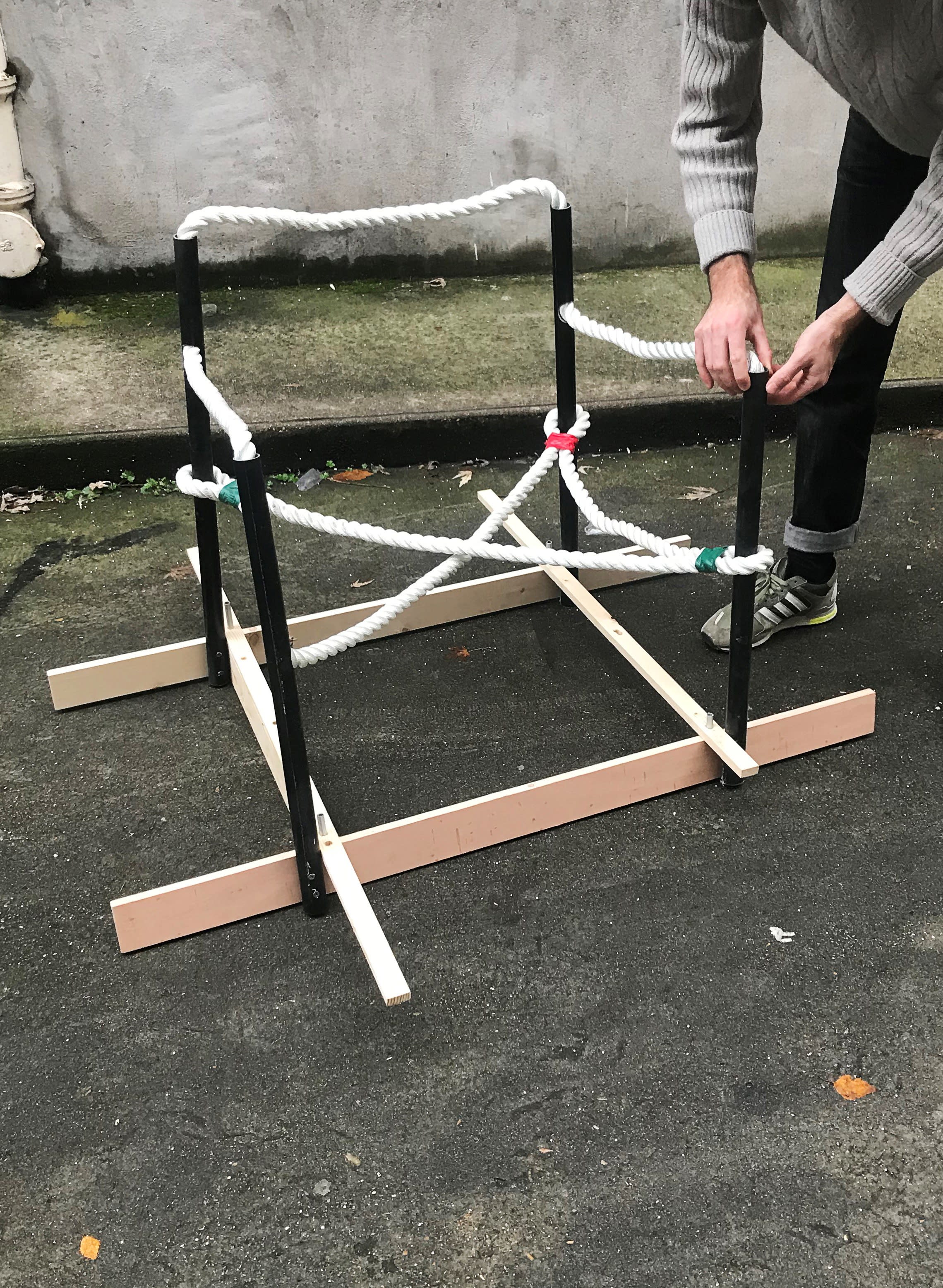 Rope chair prototype © Bouroullec Studio
Rope chair prototype © Bouroullec Studio Rope chair production Artek
Rope chair production Artek Vases Découpage prototypes © Bouroullec Studio
Vases Découpage prototypes © Bouroullec Studio The production of ceramics is a millennia-old craft. In the course of time, the possibilities of design have increased, the firing processes and also the glaze techniques further developed.But the basic material remained: clay.Ceramic is made by mixing a mixture of clay, earthenware and water. At room temperature it is brought into the desired shape. Afterwards the Blank is dried and fired at over 1000°C in a high temperature oven. Then the ceramics are fired with a translucent glaze coated and vitrified in a new firing process - so it becomes waterproof.The designer’s thoughts about ‘Vases Découpage’:‘Cut shapes, cast cylinders, extruded bars: a ceramic vase.Each shape is cut from a slab of clay.Some fit inside the cylinders.Others are slotted over them.Each bar is extruded and then deformed.Some of them point upwards.Others form bridges.Each cylinder is cast.The figures are joined together in unique and whimsical compositions.The regularity of the cylinder is combined with the naivety of the clay slabs.Colours and layers converge.The arrangement of extruded bars forms a fragile balance.The clay matter comes to life.A new harmony emerges from contrasts.’
The production of ceramics is a millennia-old craft. In the course of time, the possibilities of design have increased, the firing processes and also the glaze techniques further developed.But the basic material remained: clay.Ceramic is made by mixing a mixture of clay, earthenware and water. At room temperature it is brought into the desired shape. Afterwards the Blank is dried and fired at over 1000°C in a high temperature oven. Then the ceramics are fired with a translucent glaze coated and vitrified in a new firing process - so it becomes waterproof.The designer’s thoughts about ‘Vases Découpage’:‘Cut shapes, cast cylinders, extruded bars: a ceramic vase.Each shape is cut from a slab of clay.Some fit inside the cylinders.Others are slotted over them.Each bar is extruded and then deformed.Some of them point upwards.Others form bridges.Each cylinder is cast.The figures are joined together in unique and whimsical compositions.The regularity of the cylinder is combined with the naivety of the clay slabs.Colours and layers converge.The arrangement of extruded bars forms a fragile balance.The clay matter comes to life.A new harmony emerges from contrasts.’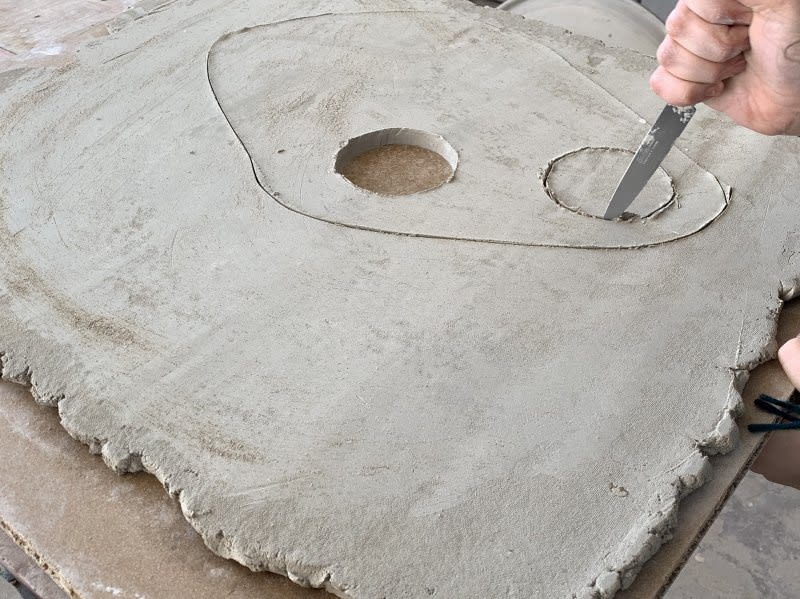
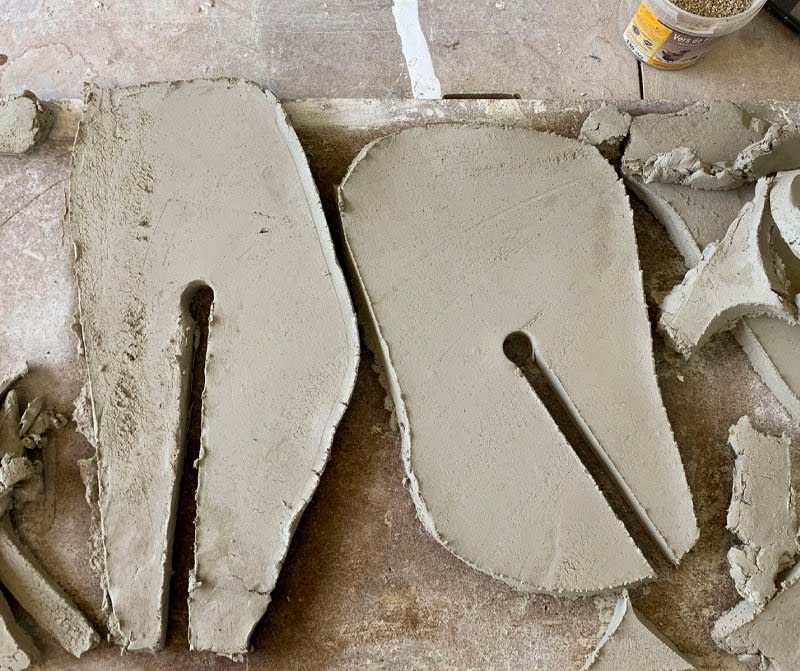
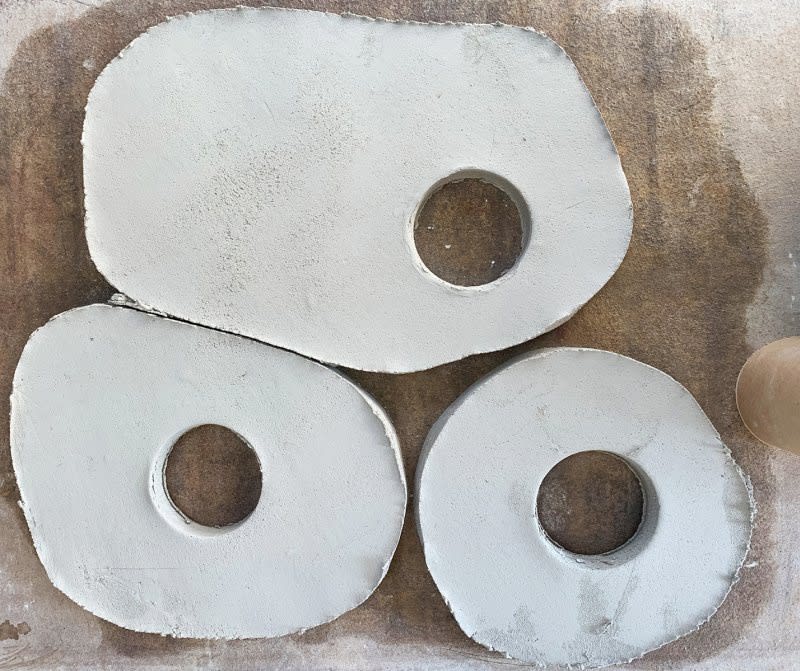
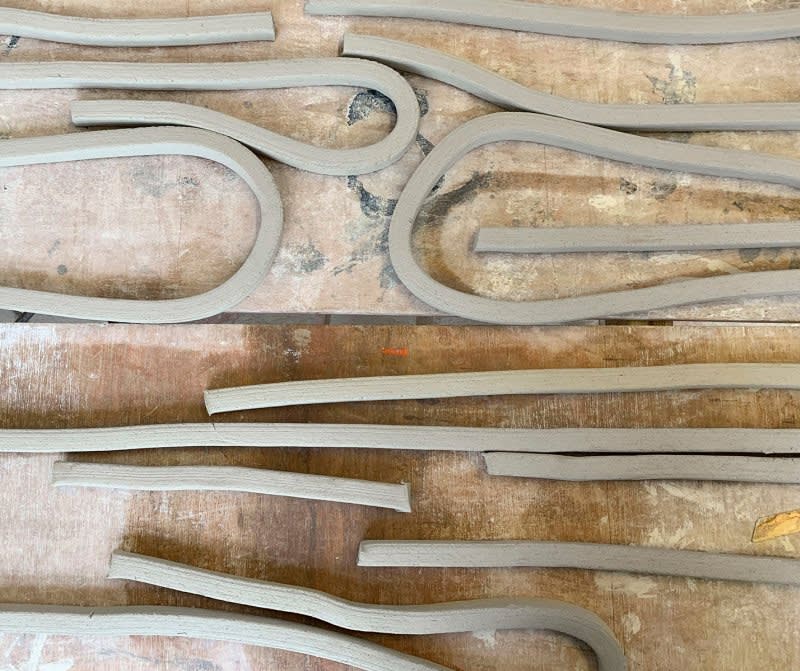 A beautifully poetic piece, the Vases Découpage consist of a cast cylindrical vessel combined with an abstract clay slab, delicately attached to the vase. The result is a petite sculpture that embodies both a handcrafted appearance and bold contemporary design.
A beautifully poetic piece, the Vases Découpage consist of a cast cylindrical vessel combined with an abstract clay slab, delicately attached to the vase. The result is a petite sculpture that embodies both a handcrafted appearance and bold contemporary design.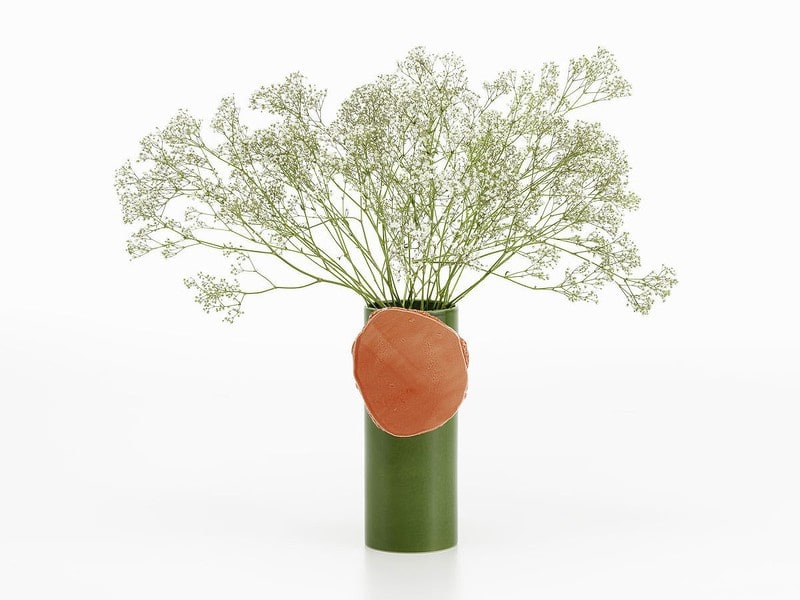
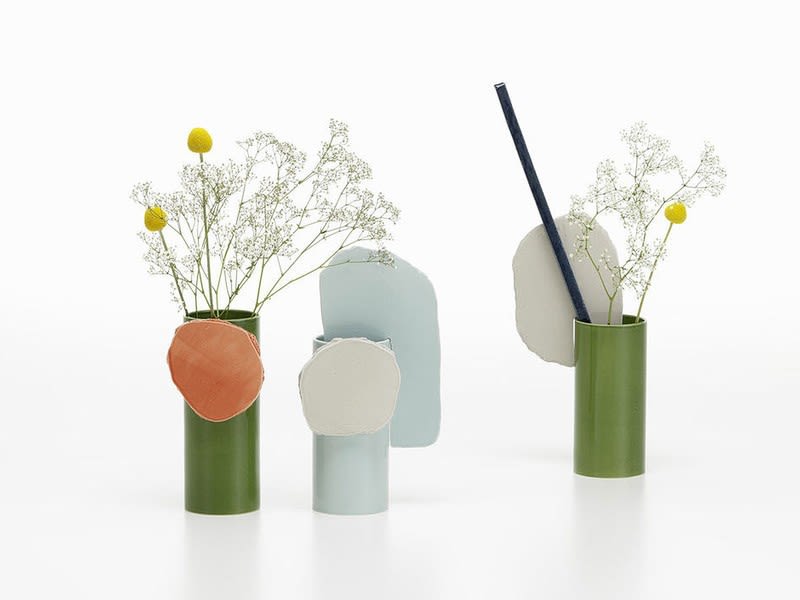 Vases Découpage for Vitra
Vases Découpage for Vitra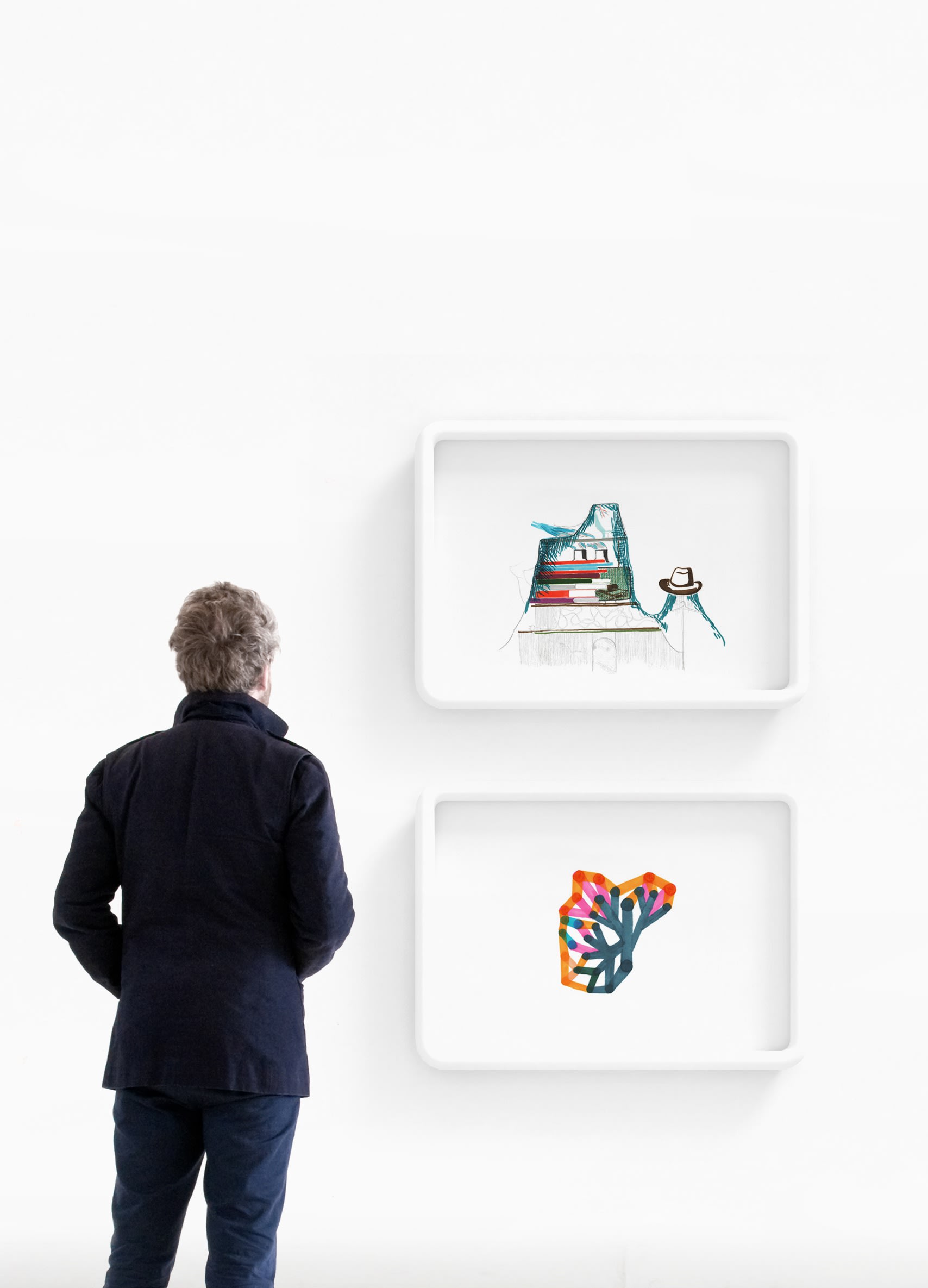
Launch of Bouroullec prints at twentytwentyone September 2012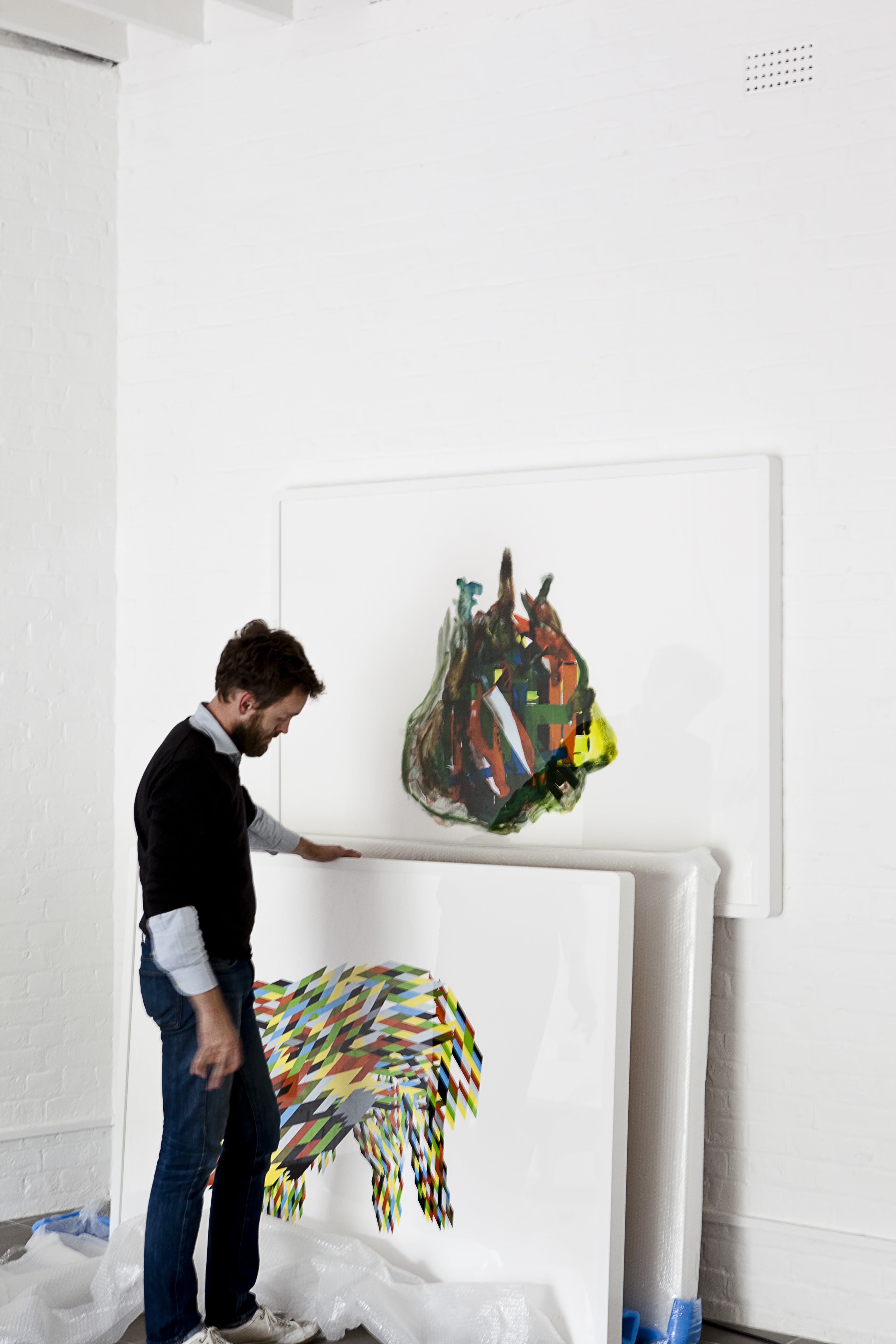

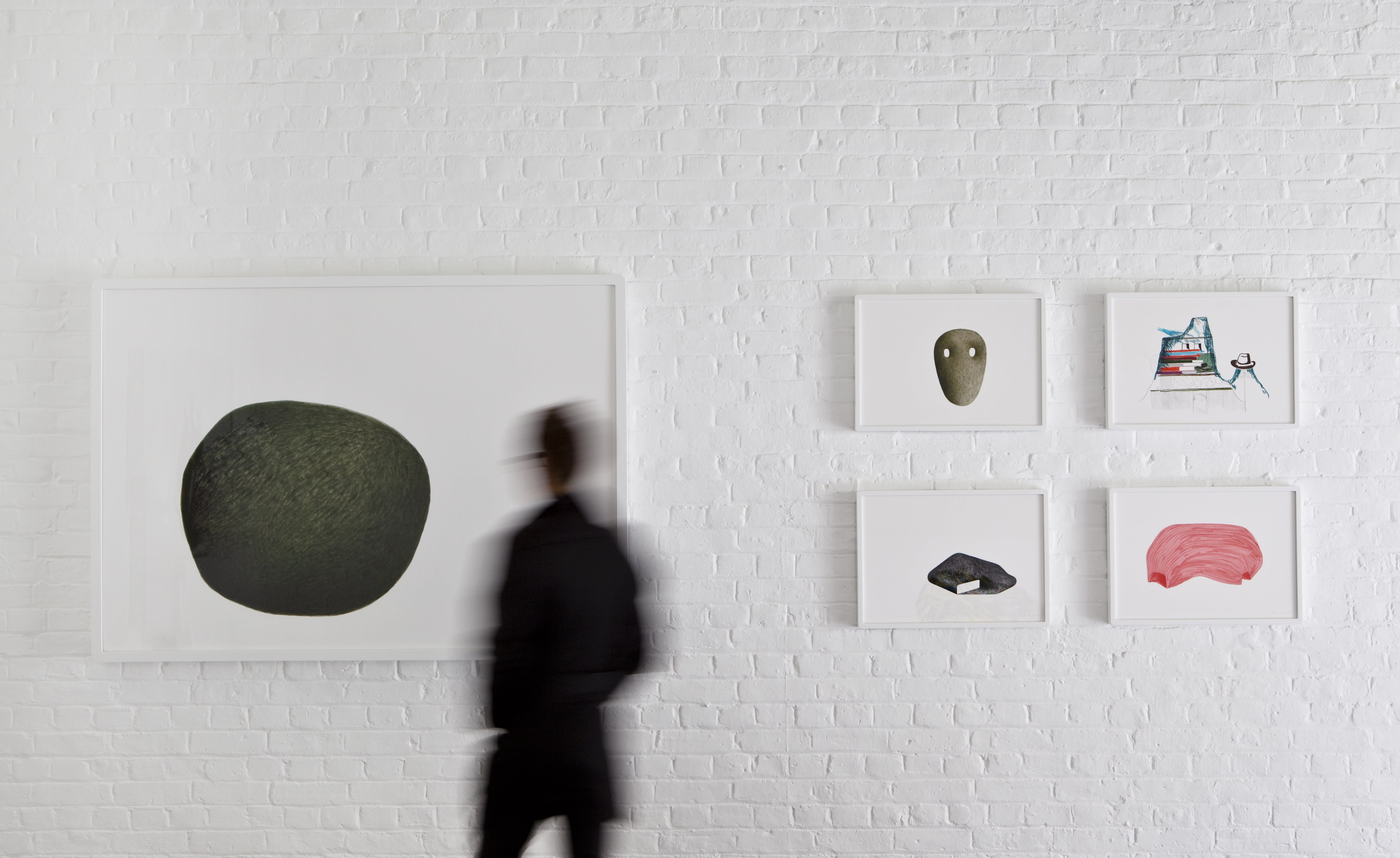
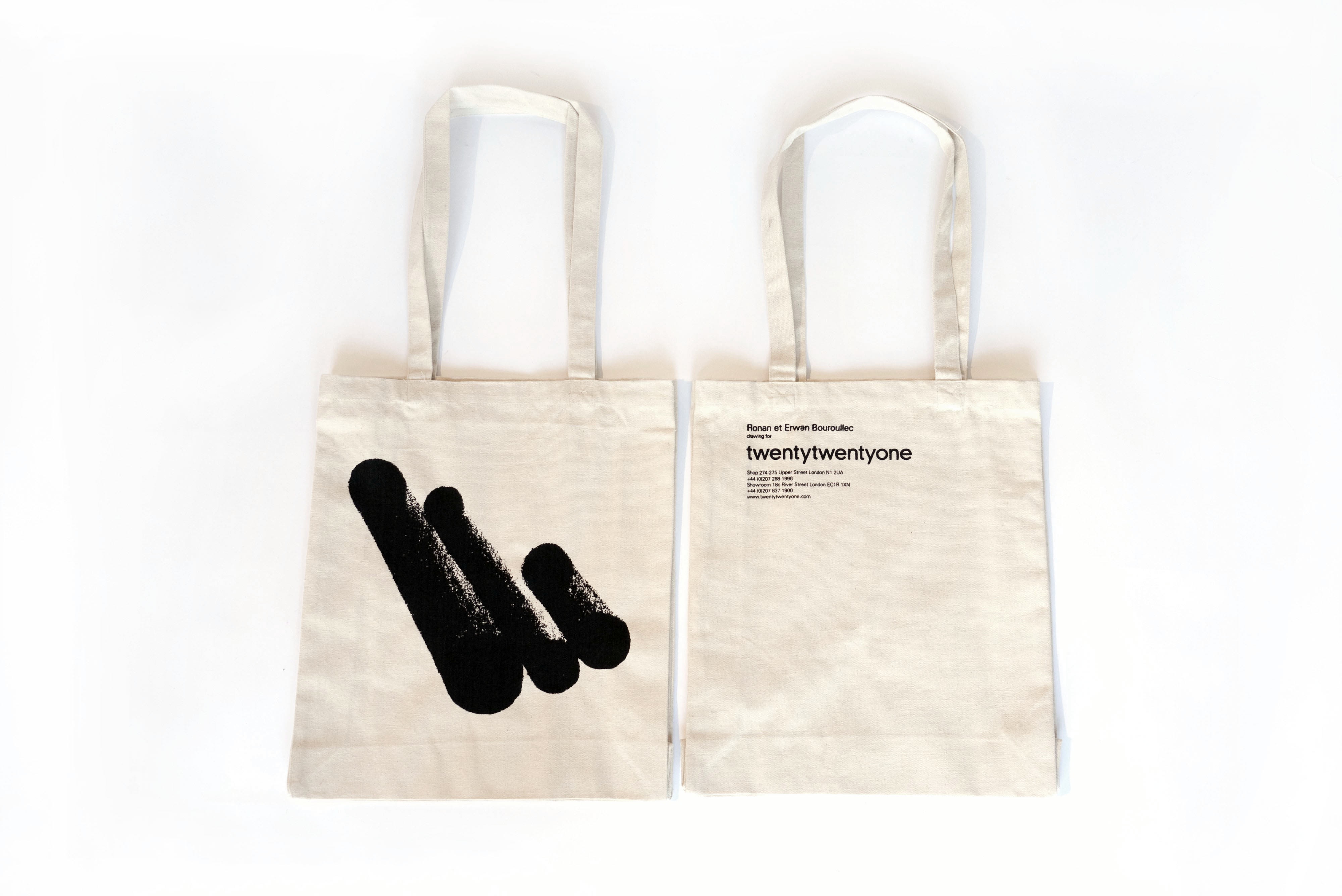 twentytwentyone Bouroullec shop bag
twentytwentyone Bouroullec shop bag

-
Q&A
We invited Max Fraser to speak with Ronan Bouroullec to help discover some of the thinking behind the Rope chair and Vases Découpage launches.
Max Fraser: The Rope chair is reassuringly honest in its material construction. However, visually it doesn’t imply comfort to me! For those reading this at home, explain how you built in the ergonomics of comfort?
Ronan Bouroullec: That is the good surprise of this chair! It has a sort of dynamic comfort because it’s made using a rope that moves with you and shapes to your back because the cord is an organic material that is supple. Of course, it’s an armchair so you have a position for your arms that is also flexible.
An armchair is a type of chair where you always modify your position and change the points of pressure on your body, sliding from one arm to the other arm and to the back rest with the rope moving with you. When you have a few chairs together, they all look a bit different because the tension of the rope alters depending on who was sitting there before. I won’t suggest that this is the most comfortable chair but it also not trying to be a working chair that you spend the whole day in. However, the comfort it has is quite surprising!
MF: And materially, how did you start this design? Did you know you wanted to use rope?
RB: It’s very interesting because normally it takes years to develop a chair. This design went from sketch to prototype very quickly. It was a very spontaneous idea that we mocked up using PVC tubes used for plumbing and a cord which came from my house in Brittany (I live in a harbour and very often collect ropes there). The result was immediately something interesting in a different way. It’s based on simple ingredients: all of the materials are basic (metal tube, rope and plywood seat) and have existed for decades or centuries. This chair could be one hundred years old and it’s interesting that it didn’t exist before! There are no new technologies in it so it is quite pure. It has a lot of charm – it’s like a smile in a way.
MF: And looking at your ceramic Découpage vases, they contrast greatly with the previous Nuage vases that you designed for Vitra which were incredibly precise, made from extruded aluminium. Are the Découpage vases a reaction against that?
RB: Yes, it’s a reaction against myself! The Nuage vases were made with military precision and with the Découpage vases, we are talking about something totally different: it is a question of spontaneity, a question of sketching, a question of the pleasure of colour… Nuage was about the elegance of precision and here we are talking about the beauty of the spontaneous aspects of life.
Originally, I had been contacted by the Matisse Museum to design a vase to celebrate the artist. I wanted to capture the spontaneity of a quick painting so, at the beginning, we made about 200 vases very rapidly by playing organically with the clay. Rolf Fehlbaum of Vitra saw the vases by mistake and immediately fell in love. Of course, the challenge was how to keep the spontaneous feeling and differentiation in industrial production. We settled on three different vases in the end.
MF: Your studio has created an extensive output of designs and twentytwentyone have sold your Samsung TV design, lighting, rugs, homewares, and of course furniture as well as artworks. How does working in two dimensions contrast and appeal by comparison to three dimensions?
RB: I’ve always drawn and did so long before I considered becoming a designer. In reality, I’m drawing, designing objects, doing photography, cooking… I do things for pleasure and with patience and I try to keep a certain naïve approach. I don’t want to be a specialist – I hate that! I don’t want to repeat myself and that is one of my first fears. I want to be free to do what I want and work in different scales and media.
MF: It’s been a difficult year for the design industry (as it has for everyone), how has this period of change inflicted by Covid-19 affected you?
RB: Of course, it is a tragedy but there are lots of positive aspects. We were forced to work at distance and movement stopped and now I realise that a lot of the travel we were doing was probably nonsense. We were forced to find new alternatives and I like that. Humans need to be confronted with difficult situations. I like crisis in a way as it forces you to adopt a better position.
Q&A Produced by Max Fraser for twentytwentyone, August 2020.
With thanks to Ronan and Erwan and the Bouroullec studio, Max Fraser, Artek and Vitra.
-

-
The new work is available to buy through twentytwentyone by following the links below.
-
Rope chair £495
-
Rope chair £495
-
Vases Découpage £269